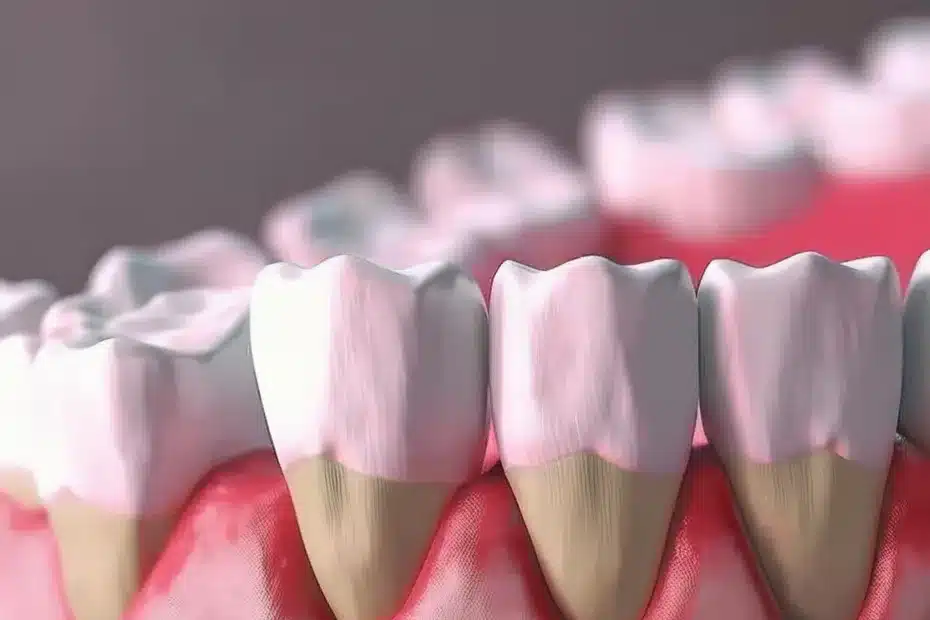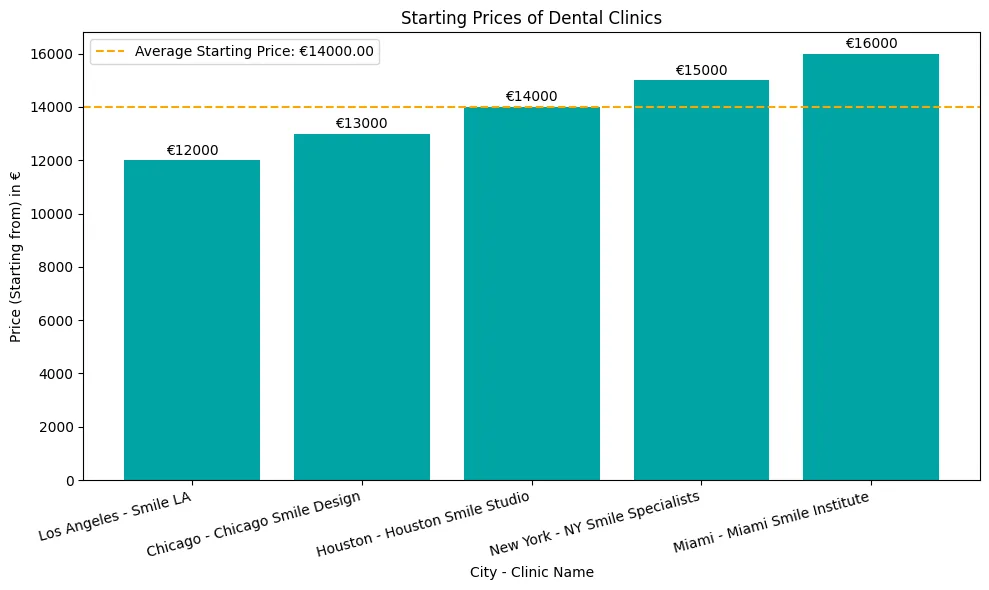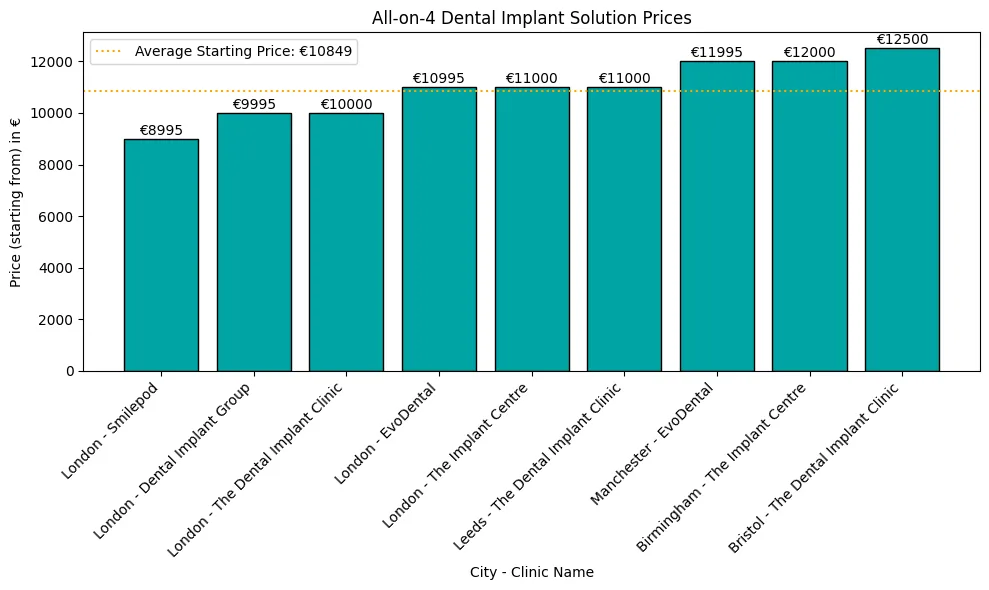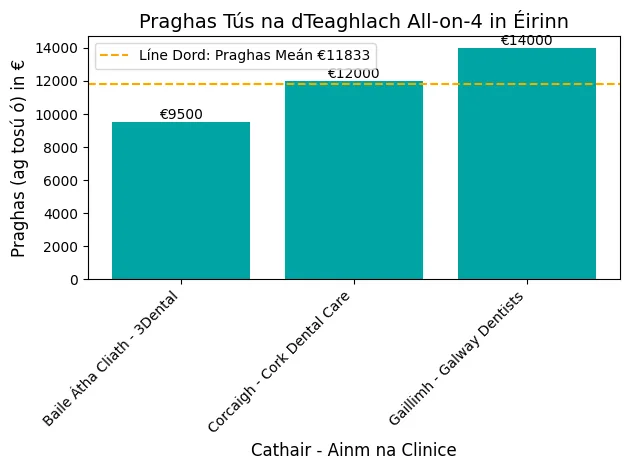El injerto de tejido es un procedimiento imprescindible para cualquier persona que desee recuperar su sonrisa y su confianza, pero ¿qué es el injerto de tejido y cómo puede ayudarme con mis problemas dentales?
Si tiene deficiencias en los tejidos blandos o problemas estéticos alrededor de sus dientes o implantes, como recesión de las encías, entender el injerto de tejidos es la clave para conseguir la sonrisa que desea.
¿Qué es el injerto de tejidos?
El injerto de tejido es un procedimiento dental para reparar y aumentar las deficiencias de tejido blando alrededor de dientes e implantes para conseguir resultados estéticos y funcionales. Consiste en trasladar tejido sano de una parte de la boca a otra, con una tasa de éxito de hasta el 95% en la consecución de los resultados estéticos y funcionales deseados.
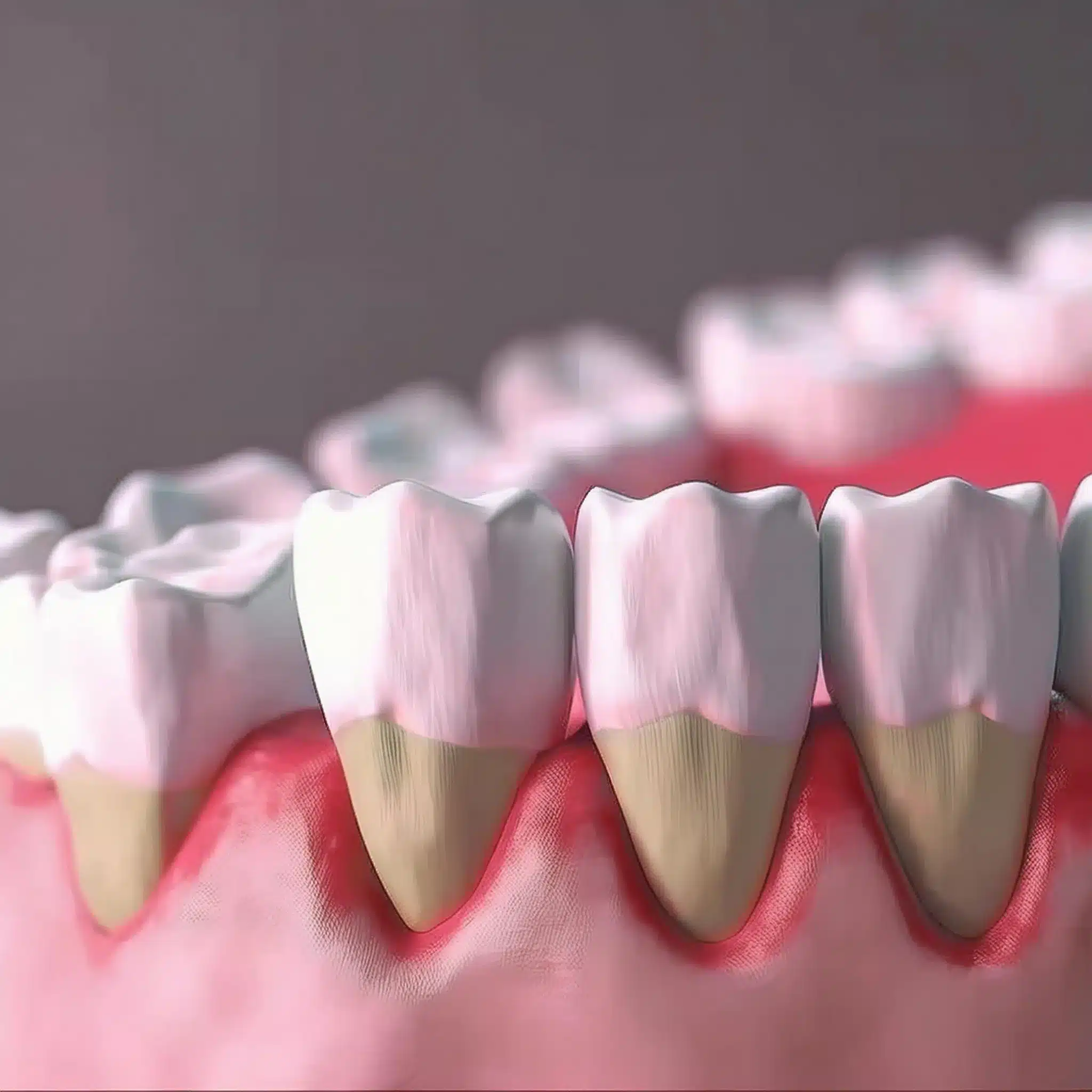
Tipos de injertos tisulares
Injertos de tejido conjuntivo
El injerto de tejido conjuntivo se utiliza para tratar la recesión gingival y mejorar la estética de los dientes. Este procedimiento consiste en extraer tejido del paladar y colocarlo sobre las superficies radiculares expuestas.
Se ha demostrado que los injertos de tejido conjuntivo tienen éxito con una alta satisfacción del paciente y cobertura radicular.
En un estudio, un abordaje mínimamente invasivo mediante injertos de tejido conjuntivo dio como resultado una cobertura radicular de 100% y una satisfacción del paciente de 95% gracias a la estética y a la reducción de la sensibilidad (1).
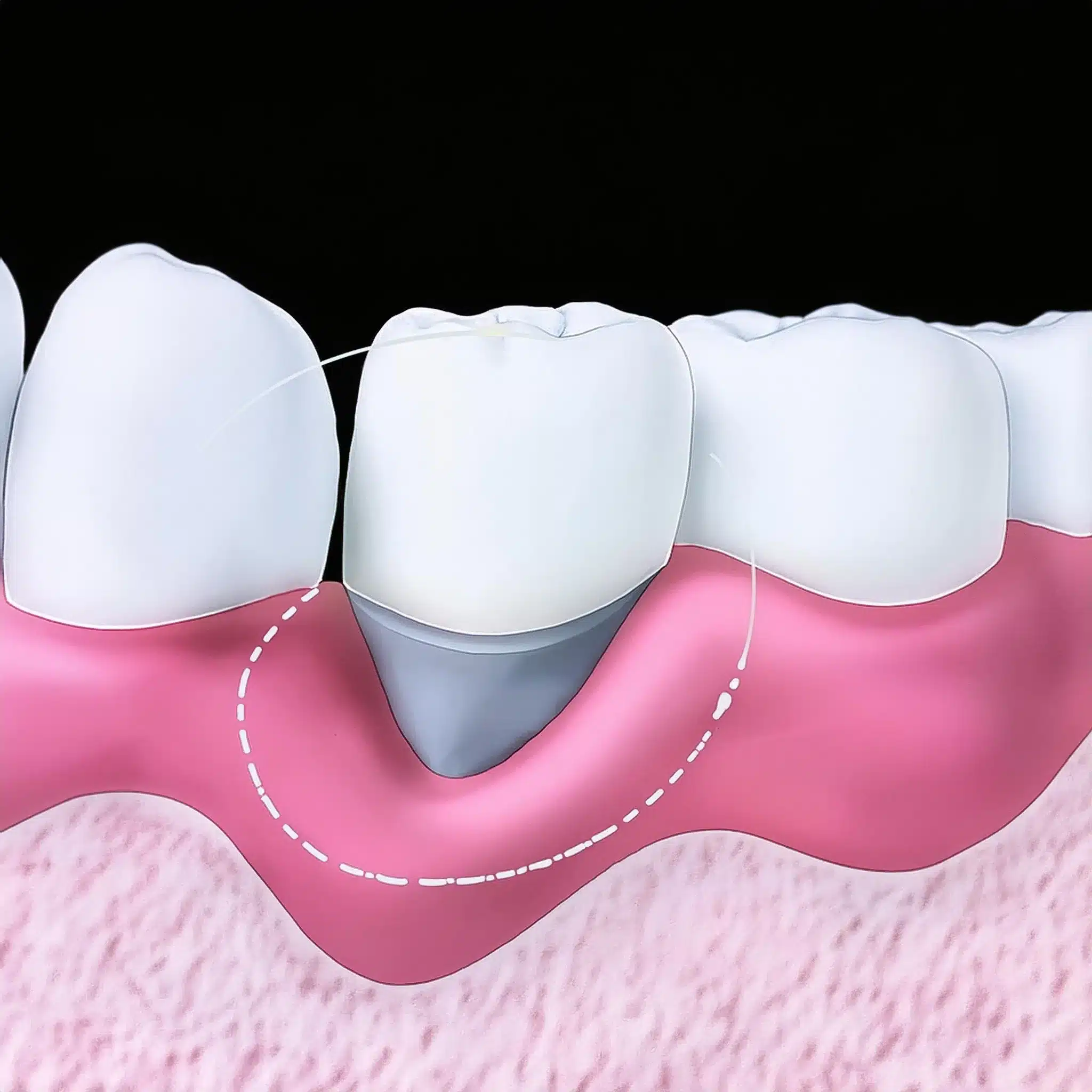
Injertos gingivales gratuitos para encías
Los injertos gingivales libres se utilizan para añadir grosor al tejido gingival y evitar una mayor recesión.
Consiste en tomar una fina capa de tejido del paladar y adherirla a la zona de la encía que necesita aumento.
Aunque este método funciona para añadir grosor, es menos estético que los injertos de tejido conjuntivo.
Sin embargo, es una buena opción para pacientes con biotipos gingivales finos o que necesitan un soporte tisular adicional.
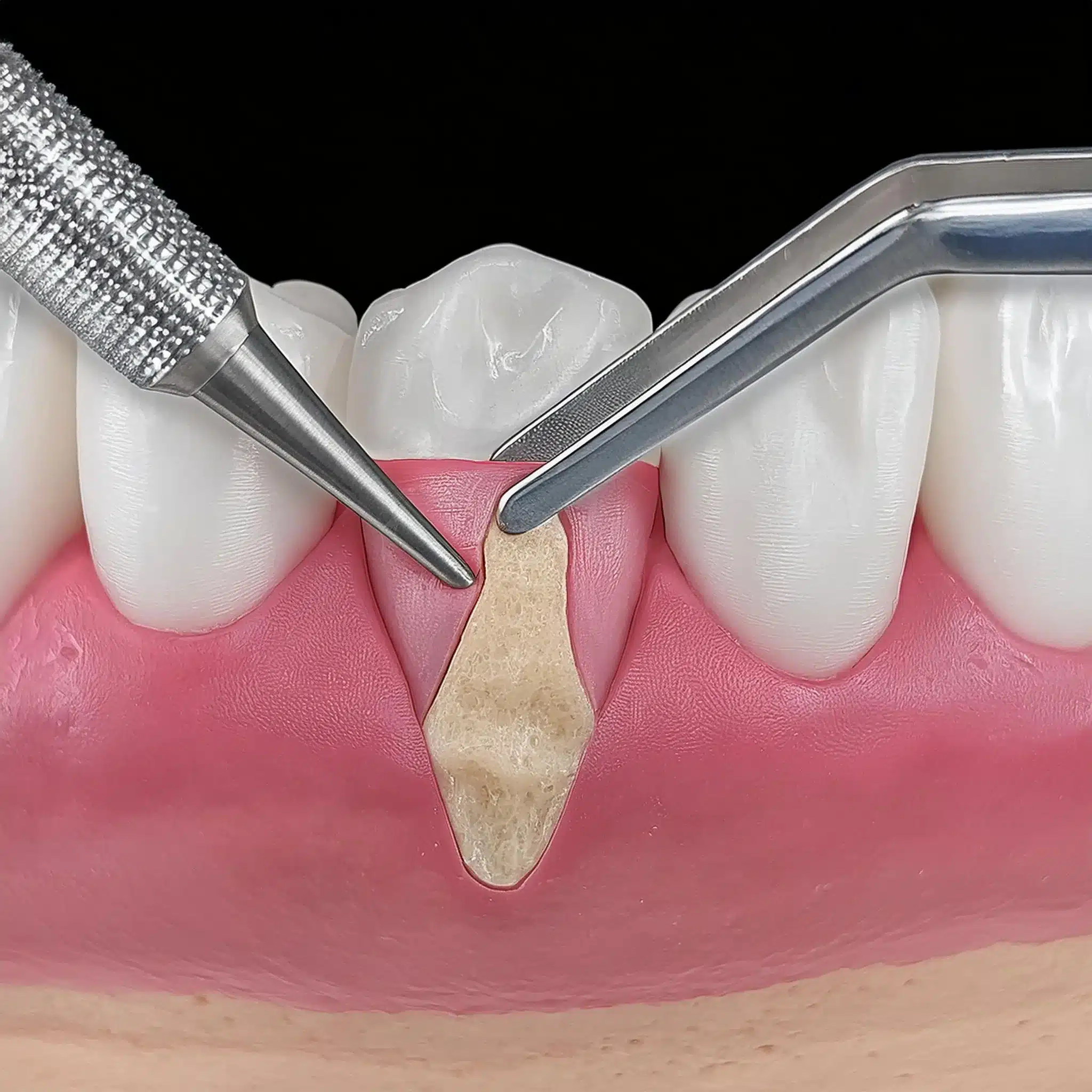
Injertos subepiteliales
Los injertos subepiteliales son una opción versátil para obtener resultados tanto estéticos como funcionales.
Se trata de colocar el injerto bajo el tejido gingival existente para conseguir un aspecto natural y añadir soporte a la línea de la encía.
Los injertos subepiteliales son buenos para zonas que necesitan tanto volumen como cobertura, una solución equilibrada para casos complejos.
El uso de injertos subepiteliales con regeneración ósea guiada mostró una mejora significativa de la estabilidad ósea y de los resultados estéticos, y en 95% de los casos se mantuvo la estabilidad del nivel óseo (2).
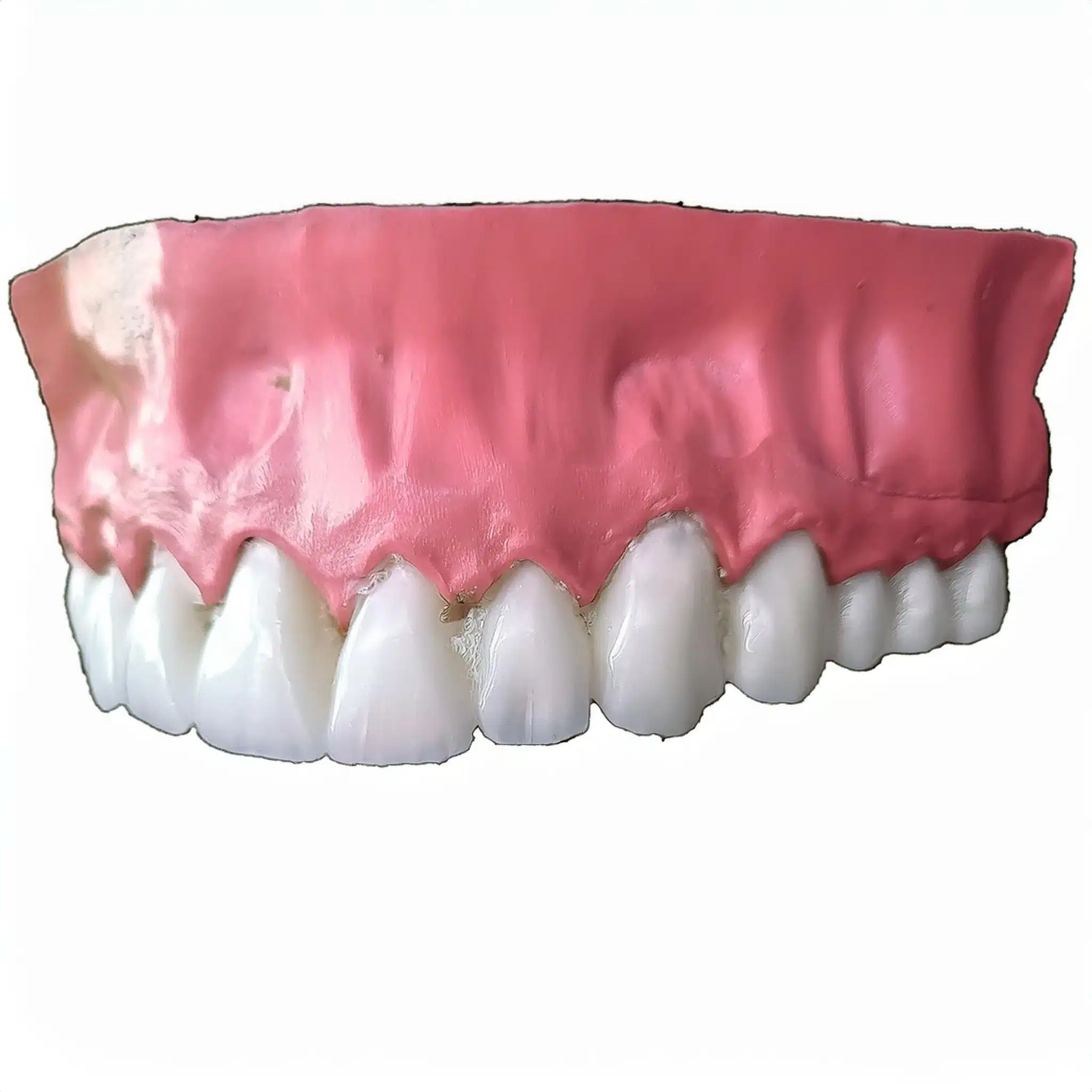
Indicaciones de los injertos de tejidos
Recesión de las encías
La recesión gingival es una indicación para el injerto de tejido, ya que puede causar problemas estéticos y funcionales.
El injerto de tejido puede cubrir las superficies radiculares expuestas, mejorar el aspecto de los dientes y reducir la sensibilidad.
Un estudio sobre el injerto autógeno de tejido blando para defectos periodontales y periimplantarios demostró la eficacia de este procedimiento en el tratamiento de la recesión gingival con una tasa de éxito de hasta 90% en la consecución de los resultados estéticos y funcionales deseados (4).
Técnicas de recubrimiento radicular para la raíz expuesta de un diente
Las técnicas de cobertura radicular son la clave en el injerto de tejido para la recesión gingival.
Consisten en colocar un injerto sobre la superficie radicular expuesta para conseguir un aspecto natural y estabilidad funcional.
Los injertos de tejido conjuntivo subepitelial han demostrado su eficacia en la cobertura radicular, con una cobertura radicular 95% en las zonas tratadas (3).
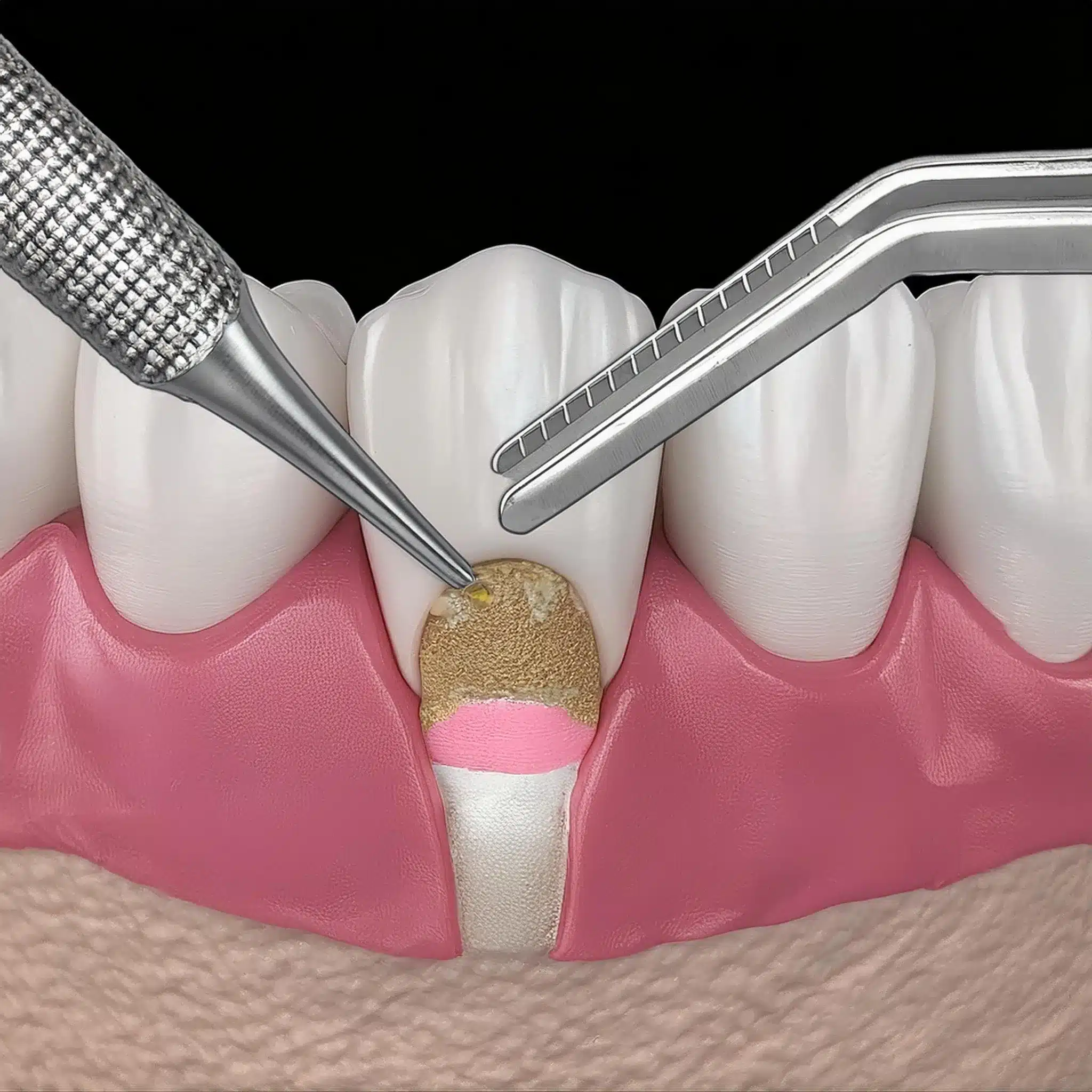
Aumento de la cresta alveolar
El aumento de la cresta alveolar es otra indicación para el injerto de tejido, especialmente en casos en los que implantes dentales con pérdida ósea están previstas.
Este procedimiento, que a menudo se realiza elevación de seno en el maxilar superior, puede aumentar el volumen y la forma de la cresta alveolar, mejorando los resultados estéticos y funcionales de la colocación de implantes.
El injerto de tejido puede añadir volumen y forma a la cresta alveolar y mejorar los resultados estéticos y funcionales de la colocación de implantes.
Un estudio retrospectivo controlado sobre la implantación inmediata y la provisionalización con regeneración ósea guiada mostró 95% estabilidad del nivel óseo, que es fundamental para el éxito a largo plazo del implantes dentales (2).
Técnicas quirúrgicas en injertos de tejidos blandos
Métodos de recolección
Los métodos de recolección son fundamentales en los procedimientos de injerto de tejidos.
La técnica de recolección puede afectar a la calidad y cantidad del injerto y a la morbilidad de la zona donante.
Un estudio sobre injertos óseos autógenos demostró la importancia de unas técnicas de recolección meticulosas para minimizar las complicaciones y obtener un injerto óptimo (3).
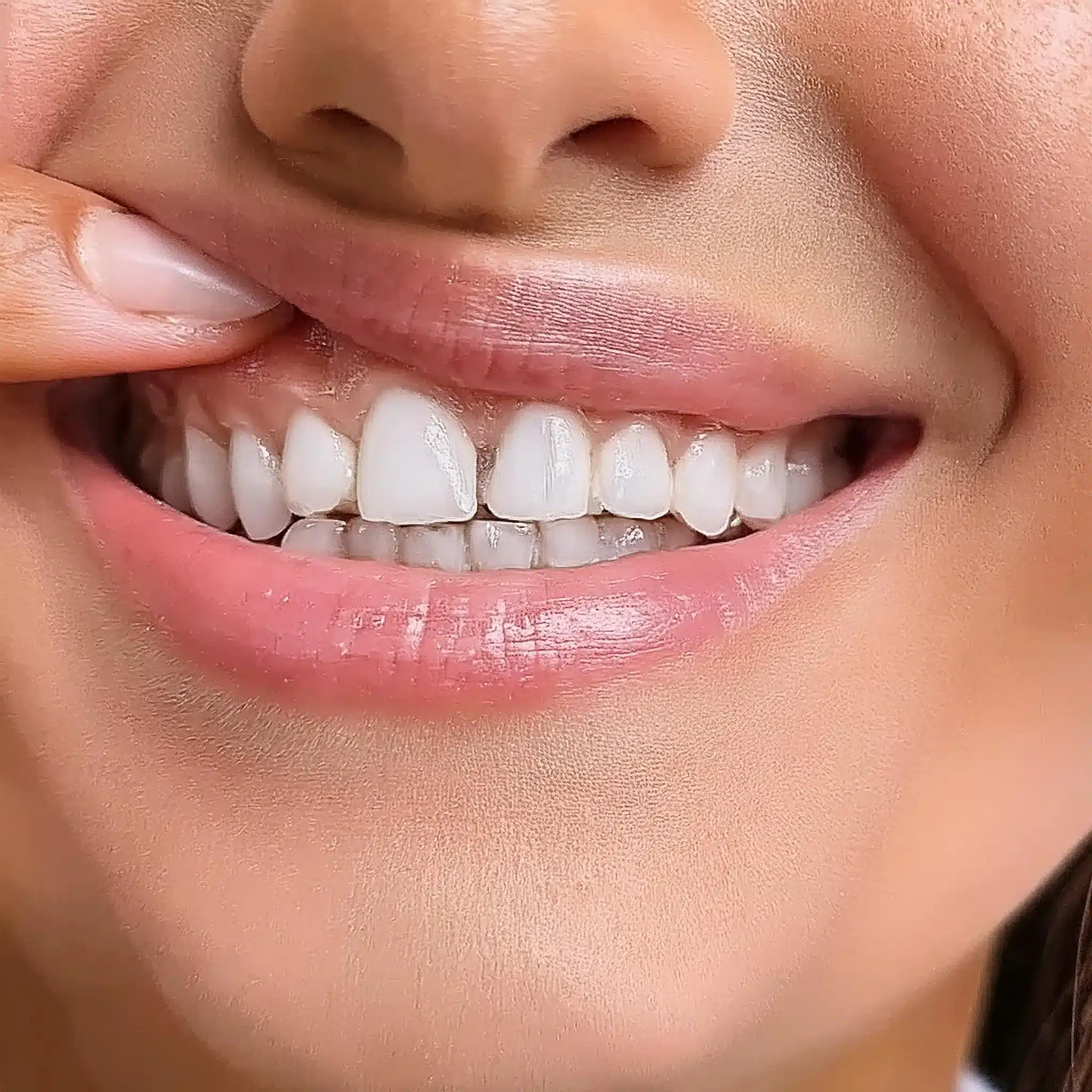
Técnicas de sutura
Las técnicas de sutura son fundamentales para asegurar el injerto en su sitio y la cicatrización.
Utilizar la técnica de sutura adecuada puede evitar complicaciones como el desplazamiento o el fracaso del injerto.
Un estudio sobre injertos cutáneos destacó la importancia de una técnica de sutura adecuada para conseguir la supervivencia del injerto y minimizar las complicaciones (2).
Cuidados postoperatorios y recuperación
Los cuidados postoperatorios y la recuperación son partes importantes de los procedimientos de injerto de tejidos.
El cuidado y seguimiento adecuados de las heridas pueden prevenir complicaciones y conseguir una cicatrización óptima.
Un estudio sobre el injerto en bloque de la rama mandibular mostró unas complicaciones postoperatorias mínimas cuando se proporcionaron los cuidados y el seguimiento adecuados (3).
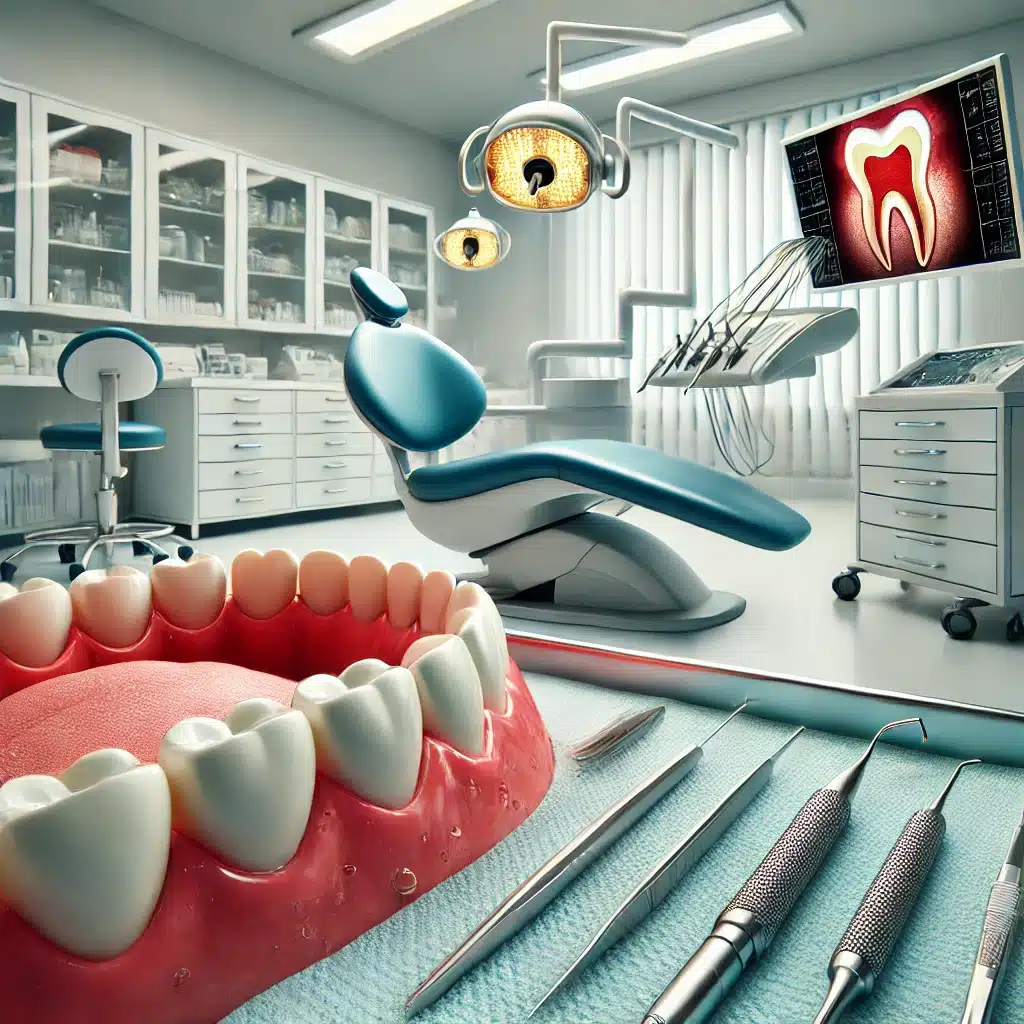
Resultados previstos y riesgos
Índices de éxito de los injertos de tejido
El injerto de tejido ha demostrado un alto índice de éxito en la consecución de los resultados estéticos y funcionales deseados.
Un estudio a largo plazo mostró que 83% de los lugares que recibieron injertos gingivales libres mantuvieron la reducción de la recesión hasta 35 años (2).
Esto demuestra la durabilidad y eficacia del injerto de tejido en el tratamiento de la recesión gingival.
Complicaciones y tratamiento
El injerto de tejido suele ser un procedimiento seguro, pero pueden surgir complicaciones.
Las complicaciones más frecuentes son hemorragias, hinchazón y dolor en las zonas donante y receptora.
En raras ocasiones, puede producirse una infección o un fallo del injerto.
Un estudio sobre injertos de tejido conjuntivo subepitelial mostró una tasa de complicaciones del 10-15%; por lo tanto, son importantes unos cuidados postoperatorios y un seguimiento adecuados.
La gestión de las complicaciones es clave para obtener resultados óptimos y la satisfacción del paciente.
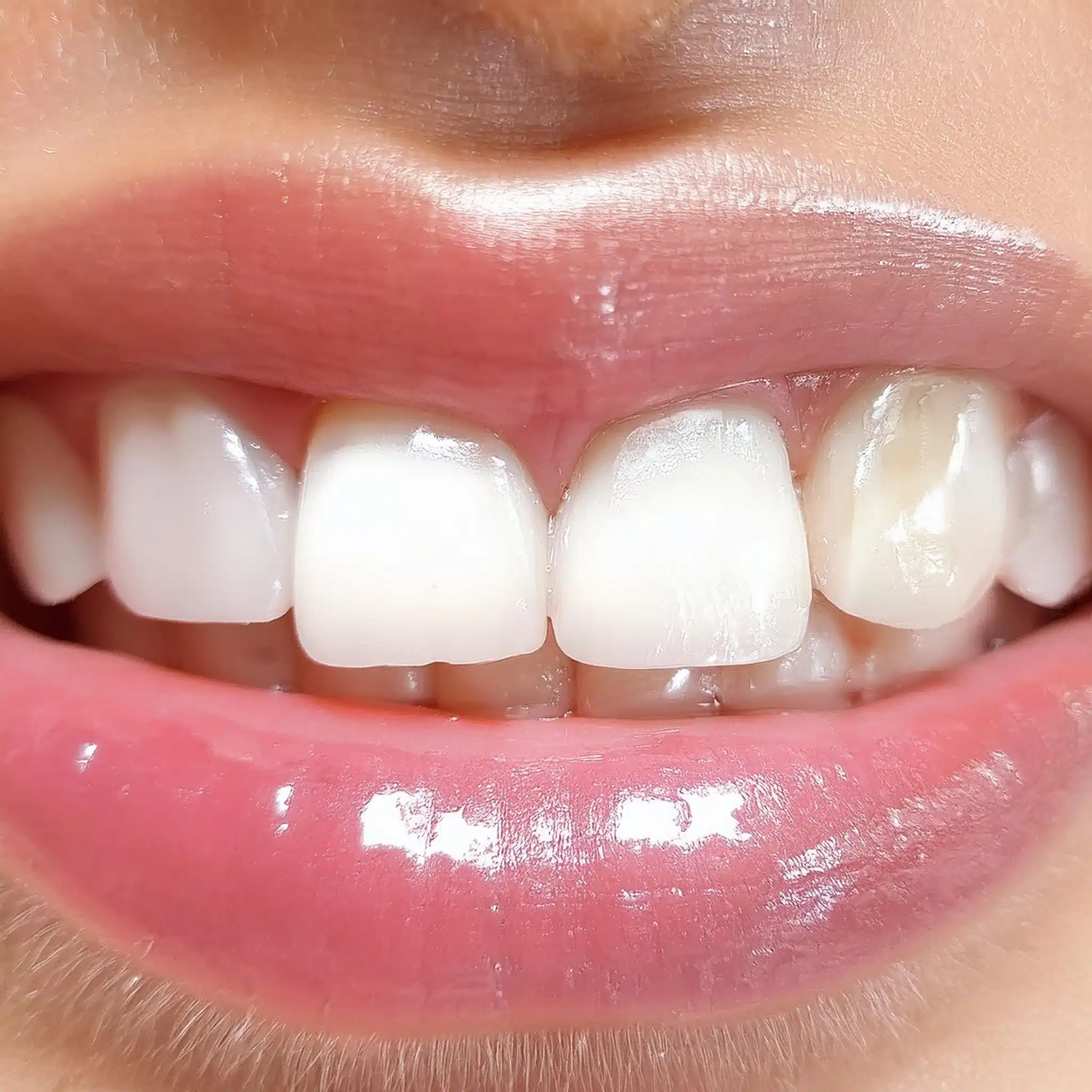
Conclusiones y puntos clave
Principales conclusiones
El injerto de tejido es un procedimiento versátil para las deficiencias de tejido blando y los resultados estéticos.
Diferentes tipos de injertos de tejido (tejido conjuntivo, encía libre, subepitelial) pueden utilizarse en función de las necesidades del paciente.
Hasta 95% tasa de éxito en la consecución de resultados estéticos y funcionales.
Conclusión
El injerto de tejido es imprescindible para quienes desean recuperar la sonrisa y la confianza en sí mismos.
Al conocer los tipos de injertos de tejido, las indicaciones, las técnicas quirúrgicas y los resultados esperados, los pacientes pueden tomar decisiones informadas para su cuidado dental.
Con una elevada tasa de éxito y mínimas complicaciones, el injerto de tejidos es una solución fiable para las deficiencias de tejidos blandos y los resultados estéticos.
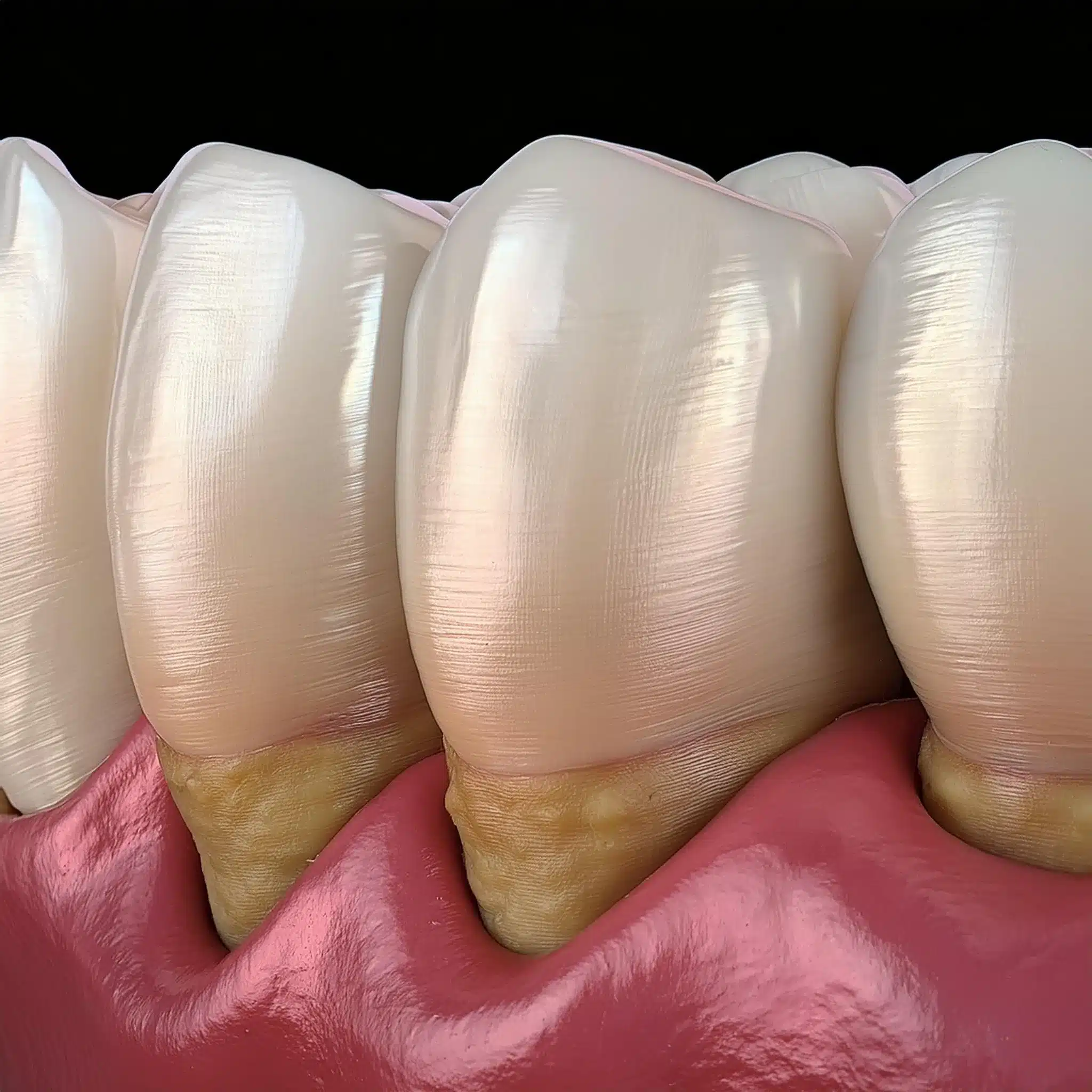
Preguntas frecuentes
Referencias
Howe MS, Keys W, Richards D. Long-term (10-year) dental implant survival: A systematic review and sensitivity meta-analysis. J Dent. 2019;91:103-113.
Artículo: Supervivencia a largo plazo (10 años) de los implantes dentales: revisión sistemática y metaanálisis de sensibilidadSu Z, Chen Y, Wang M, Mo A. Evaluation of Immediate Implantation and Provisionalization Combined with Guided Bone Regeneration by a Flap Approach in the Maxillary Esthetic Zone: A Retrospective Controlled Study. Materials (Basilea). 2021;14(14):3874.
Artículo: Evaluación de la implantación inmediata y provisionalización combinada con regeneración ósea guiada mediante abordaje con colgajo en la zona estética maxilar: Un estudio retrospectivo controladoHamid N, et al. Procedimientos de injerto de tejidos blandos antes de restauraciones en la zona estética: A Minimally Invasive Interdisciplinary Case Report. J Esthet Restor Dent. 2023;35(4):102-110.
Artículo: Procedimientos de injerto de tejidos blandos antes de restauraciones en la zona estética: Informe de un caso interdisciplinario mínimamente invasivoZucchelli G, Tavelli L, Stefanini M, et al. Classification of facial peri-implant soft tissue dehiscence/deficiencies at single implant sites in the esthetic zone. J Periodontol. 2019;90(10):1116-1124.
Artículo: Clasificación de las dehiscencias/deficiencias de los tejidos blandos faciales periimplantarios en implantes unitarios en la zona estética

